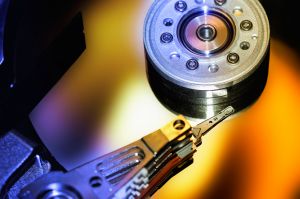September 17, 2011
Computer Output Microfilm
Computer Output Microfilm is the rarest of 16mm roll film types (ironically Computer Output Microfilm is a very popular form of microfiche). Because of the nature of most COM reels not having regular edges like normal 16mm roll film, converting COM rolls into digital image can be quite a challenge. Thankfully, Generation Imaging has tons of experience working with all kinds of Computer Output Microfilm.
If the COM roll is blipped (small markers on the outside of the frames) and the frames have fixed sizes and are equidistant from each other, although the scanner operator must be highly experienced and the setup time is lengthy, it is theoretically possible to scan the Computer Output Microfilm without problems.
If the COM roll does not have blips, the highly skilled scanner operator must used advanced detection algorithms to attempt to find a sense area and setting to capture each frame by itself. Again, the Computer Output Microfilm must pretty much be perfect to pull this method off.
If none of the above methods will work, the expert scanner operator will have to scan the COM images as strips of frames. By padding an overscan and setting the backup, the operator can assure that no frame is missed. However this method requires post-processing: the frames must be manually cropped or split to create individual frames.
Generation Imaging offers scanning solutions for converting COM reels to PDF, TIFF, or JPEG. Please contact us today if you need this type of roll film to be converted to digital images.




